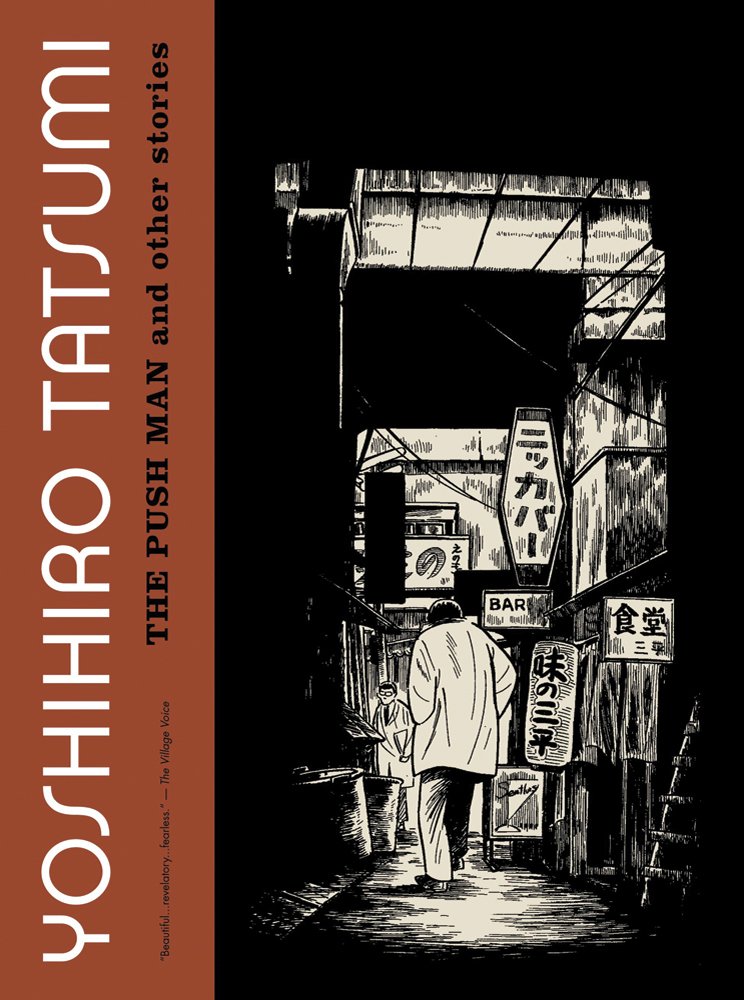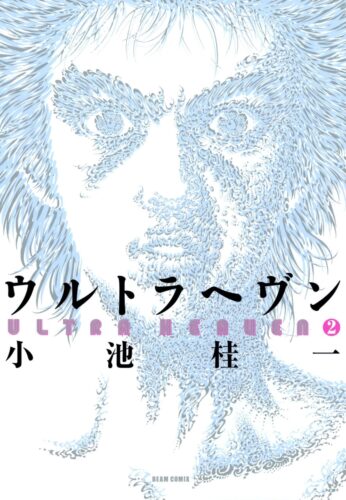The Push Man and Other Stories is a seminal collection of 16 short stories by Yoshihiro Tatsumi, the pioneer of the gekiga movement in Japanese manga. Originally published in 1969 and later compiled by Drawn&Quarterly, these narratives delve into the lives of Tokyo’s working-class men, exposing their isolation, desires, and existential struggles. Tatsumi’s stark black-and-white illustrations complement the raw storytelling, offering a poignant critique of urban life in post-war Japan. This collection not only showcases Tatsumi’s influence on alternative comics but also provides a window into the societal undercurrents of 1960s Japan.
.
.
Yoshihiro Tatsumi is revered as the founder of “gekiga”, a genre of manga aimed at adult readers that embraces realism, existential dread, and social critique. In contrast to mainstream manga’s fantasy escapism, Tatsumi’s stories dwell in post-war malaise—unemployment, erotic anxiety, urban isolation. His stark, cinematic paneling and minimalist linework laid the groundwork for generations of graphic novelists exploring adult themes with subtlety and psychological depth. Works like “A Drifting Life” and “The Push Man and Other Stories” redefined manga’s scope, pushing it into the literary and autobiographical realms.
_the PATH forward:

.
Yoshihiro Tatsumi is revered as the founder of “gekiga”, a genre of manga aimed at adult readers that embraces realism, existential dread, and social critique. In contrast to mainstream manga’s fantasy escapism, Tatsumi’s stories dwell in post-war malaise—unemployment, erotic anxiety, urban isolation. His stark, cinematic paneling and minimalist linework laid the groundwork for generations of graphic novelists exploring adult themes with subtlety and psychological depth. Works like “A Drifting Life” and “The Push Man and Other Stories” redefined manga’s scope, pushing it into the literary and autobiographical realms.
The Push Man and Other Stories is a seminal collection of 16 short stories by Yoshihiro Tatsumi, the pioneer of the gekiga movement in Japanese manga. Originally published in 1969 and later compiled by Drawn&Quarterly, these narratives delve into the lives of Tokyo’s working-class men, exposing their isolation, desires, and existential struggles. Tatsumi’s stark black-and-white illustrations complement the raw storytelling, offering a poignant critique of urban life in post-war Japan. This collection not only showcases Tatsumi’s influence on alternative comics but also provides a window into the societal undercurrents of 1960s Japan. Yoshihiro Tatsumi, D+Q, Manga, 2005 Drawn&Quarterly 978-1770460768 Yoshihiro Tatsumi 2005




